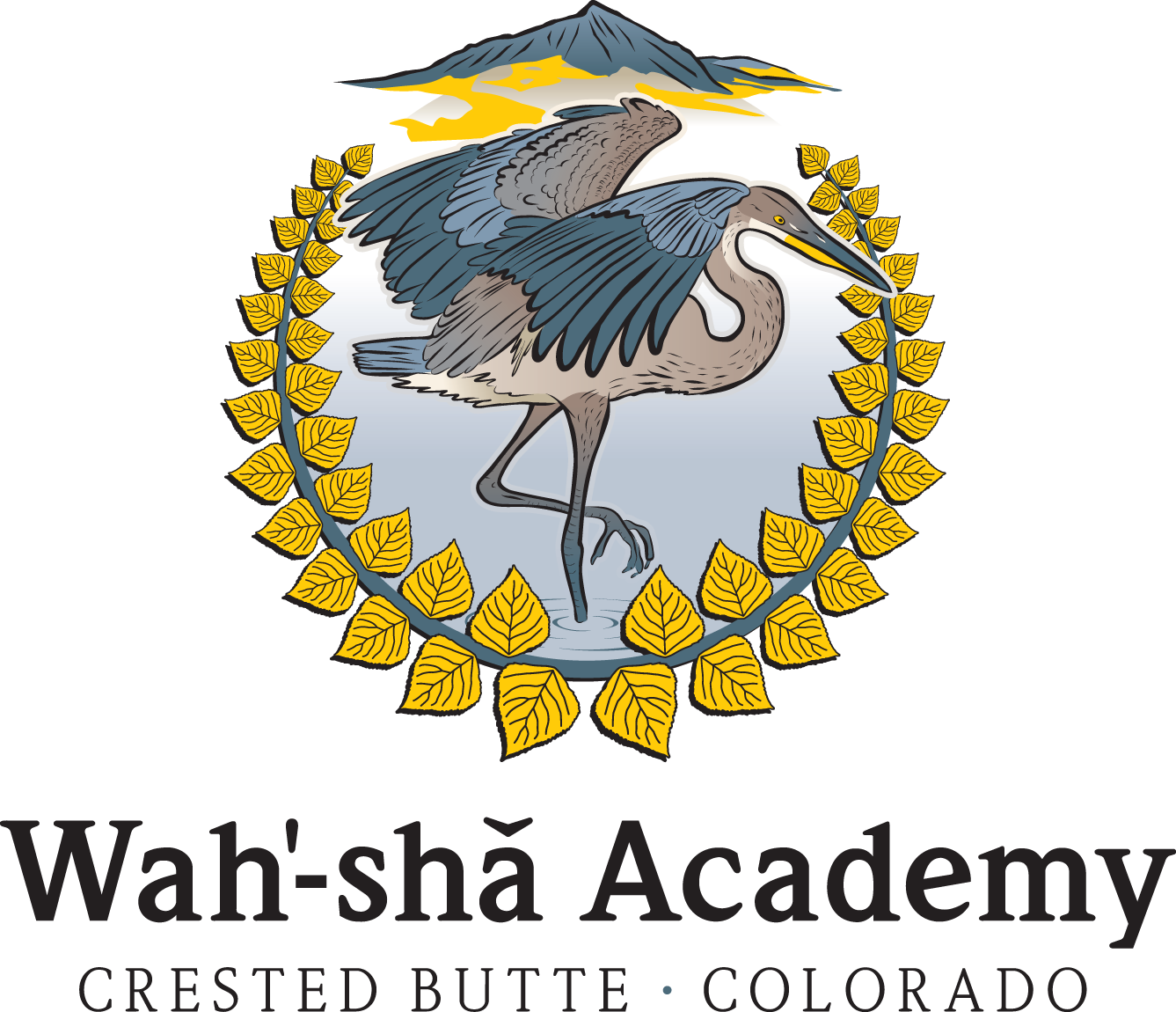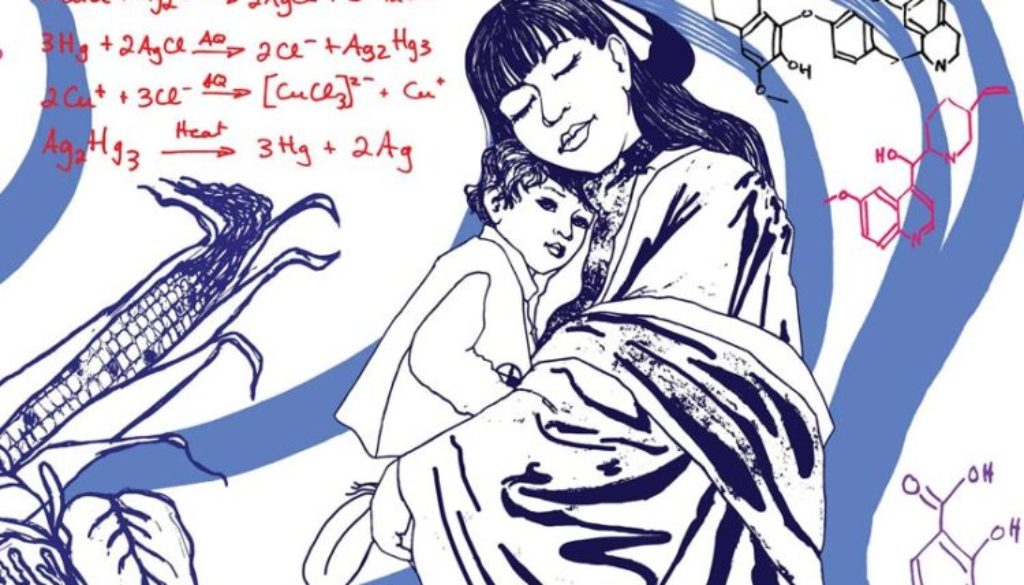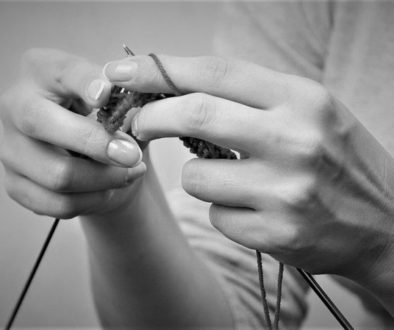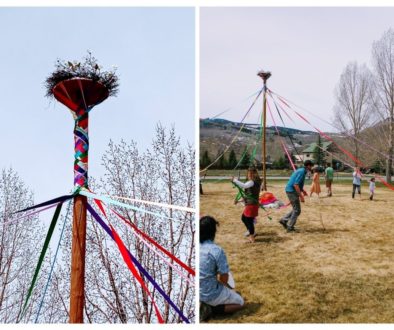Nourishing the Learning Spirit
“Today, we are going to play Gradai kha dee-o.”
“What is that?”
“In English, we say ‘one-legged rabbit. In Japanese, you say ‘hito-ashi Usagi-san.’”
The children were very excited, mainly because we had an ‘expert’ friend from Thailand to play with us!
Back in the 1990s, I was implementing this multicultural curriculum to create a new kind of connection with my students and others of different cultures. I had hoped we could teach these young children a new ‘language’ that did not include systemic nuances that create divide and misunderstanding among people.
I was blessed to live in an incredibly diverse area and could invite guests from all over the world to join us. In addition to our mindfulness practices, restorative practices, and honoring the seasons in our school, we focused on one country in the world every month. Each month, we chose a country from a different continent than the prior month, moving through all seven continents. Yes. We even did a modified month of Antarctica that was more science-based.
Our experience included introducing and playing games from that country throughout the entire month. We Learned basic greetings in that language, listened to and learned some of that country’s music, read books, prepared meals, and practiced the country’s seasonal customs.
Here’s the thing. This sounds like a fantastic curriculum, and it was.
I still talk to many of my students twenty years on, and I see the impact this curriculum has had on them. And I smile.
I also recognize how critical it is to continue to look at this curriculum, continually shifting and progressing. With even more diligence, I must continue to include the truth and experiences of indigenous knowledge and re-imagine education for future generations to build upon these foundational shifts. It is a very healing process.

If I could repeat our Thailand ‘one-legged rabbit’ experience, I would change, ‘This is how we say it in English…;’ to: ‘ This is how we translate this in English.’ Part of my’ tearing apart’ ‘the curriculum’ uses straightforward language, at very young ages instead of the customary use of very basic words that are usually ‘cute’ and not always accurate.
When I say, ‘tearing apart’ ‘the curriculum,’ I refer to a curriculum created by governments that often incorporates systemic racism and a certain level of control. I refer to curriculums that do NOT create the spaces and resources for a dialogue among all school members or institutions on how to imagine and envision all cultures and knowledge systems in the curriculum, and with respect to what is being taught and how it frames the world, more specifically our world-view.

Back to my ‘one-legged rabbit’ example. I would also change the use of the word ‘country.’ At the time, I allowed my students to see the boundaries imparted on lands through power systems that generally do not have the wellness of the people in mind. I now take the time to share the various cultures and peoples of the land. We honor the original peoples of the land.
This is not always easy to do in just one month. I now find myself spending a week acknowledging the original peoples and then focusing on specific aspects of the land’s cultures, giving new meaning to ‘boundaries,’ and respecting what now is.
In further examples, I know teachers using movies to teach about various cultures. For example, the film The Gods Must Be Crazy has been used to teach about ‘African culture.’ But, upon further consideration, one realizes that this movie is a colonizers’ view of the African-native-as-primitive, of darker peoples as idiotic and childlike. Such a film might rationalize that the San needed “benevolent” white rulers to take care of them. This is not to mention that Africa is a continent of MANY cultures that one movie cannot portray.
I’ve learned to carefully examine what I am bringing to my students for its focus, meaning, accuracy, and whether it holds a colonizing viewpoint.
Because of these issues, at the time, I rejected the term’ global education’ because the term holds colonizing viewpoints. I settled on the term ‘multicultural education.’ Other terms for what I have done are ‘inclusive education’ and ‘decolonized education.’
I am committed to continuing my critique of school knowledge that has historically been Eurocentric.
Even in Japan, International schools are highly Eurocentric. No matter how young to learn that “civilization” did not start in Europe, I want my students to know that other nations and cultures had great civilizations that pre-dated their Western counterparts. We cannot teach this as a checklist in the curriculum with, ‘yep, I gave two weeks to that subject…’ This must be ongoing, focused, and equal time given to various viewpoints in history.
Challenging such Eurocentrism also speaks to the cultural and political imperative to resist Eurocentric curriculum. I see this movement as a positive and supportive intervention in the students’ identity development and self-esteem, whether the students are White, Black, Asian, Chicano, or LGBTQ.
Some people question whether this holds any meaning for a predominantly white classroom. I regretfully found myself apologizing, for my curriculum, to a local educator when asked to recall the most radical ‘thing’ I have done in the classroom. There are many, but I found myself recanting the experiences we shared fifteen years ago when studying Spain.
The topic of bullfighting came up in a storybook, and the kids took great interest. – As in, ‘Let’s kill all the bulls’ -kind of interest. So I told my very young students that I would like to share what really happens from beginning to end in a bullfight, and then they can make their decision.
Much of the learning was through role play, where the kids could even play the part of the bull. There was empathy for every aspect of the practice of bullfighting, and in the end, there were children who said, ‘although this has been an important part of their culture, I think it is time to end this practice.’ Some children said, ‘This is a part of their culture, and it is not up to us to tell them to stop this practice.’ These children could connect to this culture without diversity within the classroom. They were 3 – 5 year-olds.
I do not regret this experience. I remember this with great beauty.
You see, multicultural education invites even the youngest students to engage with real social issues. We can argue that young children should not be exposed to issues they cannot do anything about and that it puts a great deal of weight on their shoulders. We can argue that exposing young children to these things that they can’t control creates apathy. We want our young children to see the world as good and beautiful so that we can empower them with a sense of safety and self-efficacy that will serve them as adults. But I disagree with this to some degree. This, too is a privileged viewpoint of those in power. Not all children have the opportunity to remain in this kind of safe space. And those that do have questions regarding what they read or hear. Without answers, they can formulate ideas that this is ‘how it is.’ I also believe in balance, and when we can, present these issues, when they come up, with great care.
With multicultural education, Educators have the opportunity to connect their student’s or parent’s historical understandings of race and racism to contemporary issues. Students can safely argue about interracial dating, black nationalism, racism, and education. In this way, multicultural education inherently connects learning to the world outside of our classrooms.
One of the critiques that multicultural education receives is that it is not ‘real’ education. There seems to be this idea that multicultural education represents a lowering of standards or neglect of academic rigor. This could not be further than the truth when implemented well and fully understanding that there is not always a need for ‘rigor’ when students have fully grasped a topic. In my school, I teach a variety of ways for assessment.




